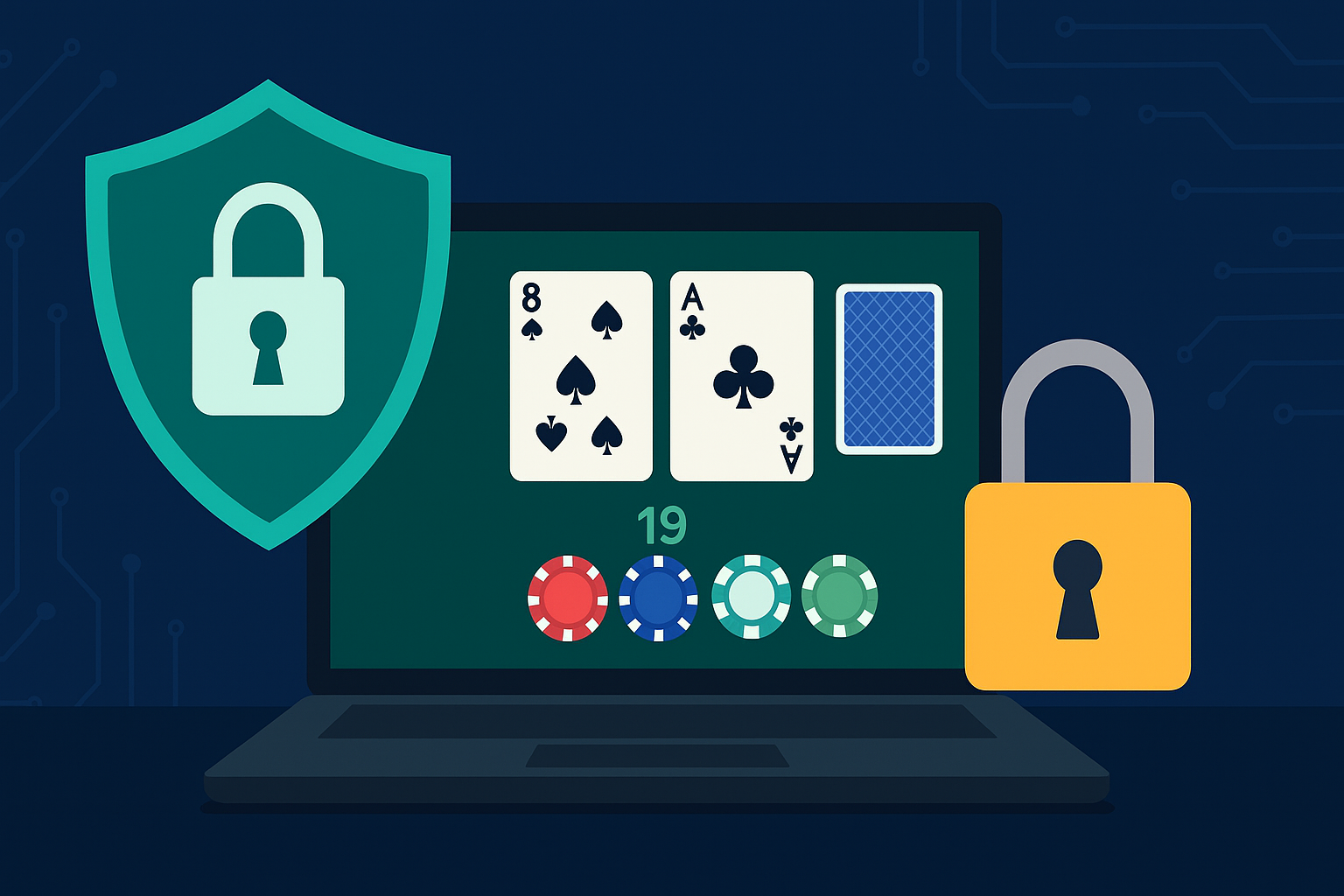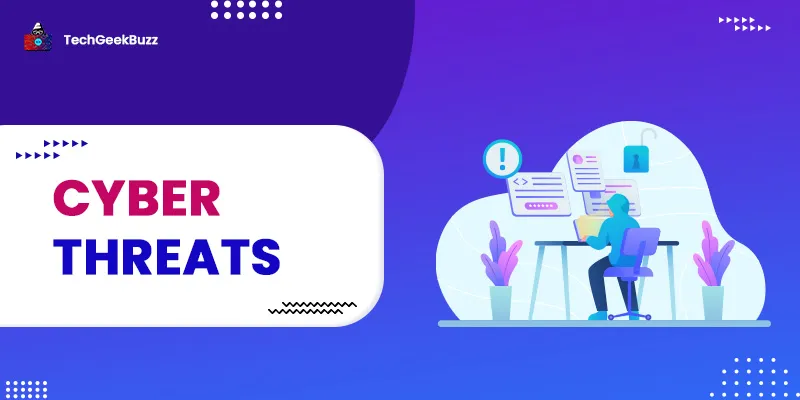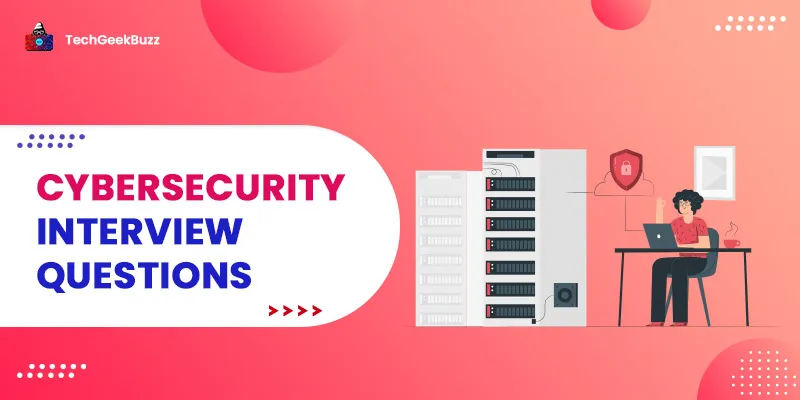It's 2025, and we're more connected than ever before. We’re all enjoying the freedom to work from a cozy cafe, check our bank balance at the airport, or stream a video at a hotel. This kind of flexibility is great, but let's be honest, it brings some genuine risks, especially when we rely on those tempting free, public Wi-Fi spots. These open networks are often the first place cybercriminals look for easy prey, so it's absolutely vital for everyone to know how to keep their private information completely secure.
The instant you jump onto a free network, your device starts sending out data. If that connection isn't properly sealed, you're essentially shouting your activities across the airwaves to anyone with minimal hacking knowledge who happens to be on the same signal. To truly protect your connection on public Wi-Fi , you need a solid defensive strategy. The absolute best way to create a secure tunnel for your data is by using a special service that scrambles your entire connection. This strong encryption scrambles your data completely, turning it into garbled nonsense for any potential snoopers. That makes sure your passwords, financial info, and personal files stay totally private, even when you're connected to the most exposed public hot spot.
The Attackers Are Always Leveling Up
The way that bad actors target our devices is constantly getting sharper. It’s no longer just about figuring out weak passwords; the threats now include highly deceptive phishing schemes and sophisticated 'man-in-the-middle' attacks, where a hacker secretly wedges themselves between your gadget and the site you're trying to visit. Because the threats are getting so complex, our defense game has to change too. Big corporations are taking their defenses to the next level, deploying advanced software that keeps a continuous watch on all network traffic. This impressive capability is largely thanks to the sophisticated uses of artificial intelligence in cybersecurity . The AI can quickly scan and analyze colossal amounts of data to instantly flag unusual or "weird" behavior that suggests a potential breach, reacting much faster than any human could.
The security features already built into your laptop and phone are definitely helpful, but they're really just the starting point for a complete safety plan. We should also be taking full advantage of the top advantages of technology itself, which offers us some incredibly robust defensive tools. Just look at modern encryption methods; they’re virtually unbreakable by today's standard computers, and two-factor authentication has been a game changer in keeping accounts safe from unauthorized logins. Using these developments, whether it's setting unique, complex passwords stored in a digital vault or just making sure your software is fully updated, is the core of smart digital living.
Simple Steps for Stress-Free Surfing
Keeping your devices secure doesn’t have to feel like a massive headache. It mostly comes down to building a few good, solid digital habits. First, always double-check the network name you’re connecting to. Is the coffee shop's Wi-Fi actually called "COFFEE_GUEST" or is a hacker trying to fool you with "FREE_COFEE_NETWORK"? If you’re not sure, just ask an employee. Second, switch off the feature that lets your phone or laptop automatically join unknown networks. You should always give explicit permission first.
Conclusion
Finally, it’s critical to only access sensitive accounts over a verified connection. If you're banking online or buying something, always look for the 'https' and the little padlock icon in your address bar. That confirms the link to that website is encrypted and secure. Beyond that, just be cautious—never hand over personal details to a site if the request feels unnecessary. These simple, solid habits, when combined with the protection of modern encryption services, let you surf the internet from almost anywhere with full confidence that your data won't be exposed.



